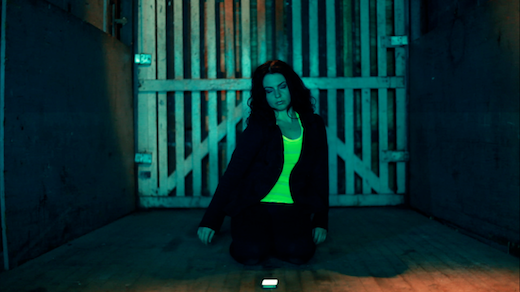
Still from the promotional video for Juju, a student-created augmented reality application.
This past summer term, Art Center welcomed back its first visionary-in-residence, science fiction author Bruce Sterling (Schismatrix, Islands in the Net, The Caryatids) to co-teach an augmented reality (AR) transdisciplinary design studio with Graphic Design instructor Guillaume Wolf called Augmenting Reality.
Not certain what AR is exactly? You’re not alone. For the studio, Sterling and Wolf defined AR as a software program that must: 1) mix the virtual with the real, 2) be interactive in real time and 3) register in three dimensions.
AR is an industry still on the cusp, and applications are only now starting to sneak out of the labs and into consumers’ hands. “It may even be a bit before the cusp,” Sterling says of the AR industry. “It’s an old technology, but it’s a baby industry.”
In the course—hosted by the College’s Graphic Design Department and sponsored by Amsterdam-based Layar, a company whose AR platform claims more than one million active users—teams of students designed both concepts and prototype AR apps that ranged from virtual pets to an augmented “spiritual reality” experience.
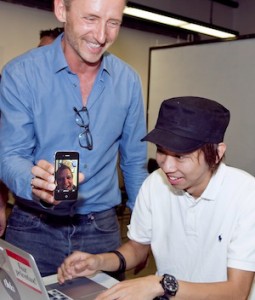
Layar's Maarten Lens-FitzGerald gets some FaceTime with Graphic Design student Shi Jie Lim and Graphic Design Department chair Nik Hafermaas. Photo: Alex Arestei, Layar.
“I was impressed by the student’s concepts, execution and their presentation,” says Maarten Lens-FitzGerald, general manager and co-founder of Layar, who watched the teams’ final presentations virtually (during the final he was “passed” around the classroom on an instructor’s smartphone). “Even with innovative media, it’s still important to be able to tell the story using mainstream media. Not all AR people know this; but the students did.”
Words, no doubt, that are music to instructor Wolf’s ears, who wanted to make sure the students were designing based on something people can actually connect with.
“Why are people interested in anything? It’s not just about design, it’s about the psychology behind it,” says Wolf of what he tries to impart to his students. “Why is a product sexy? Why do we want it? How does a designer create that desire?”
(Read more, and view videos of the work, after the jump.)
Continue reading →

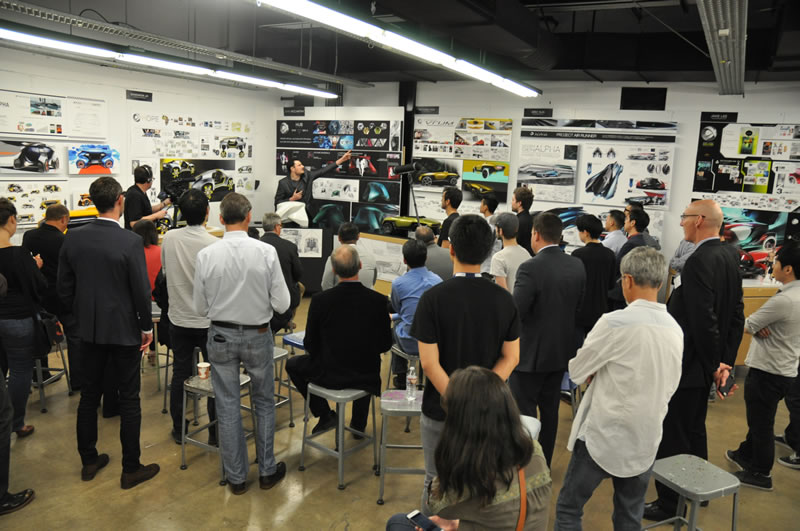
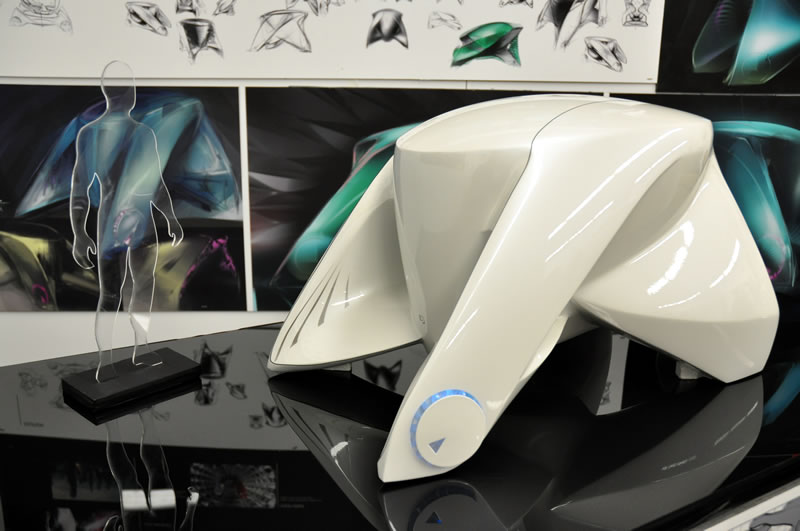
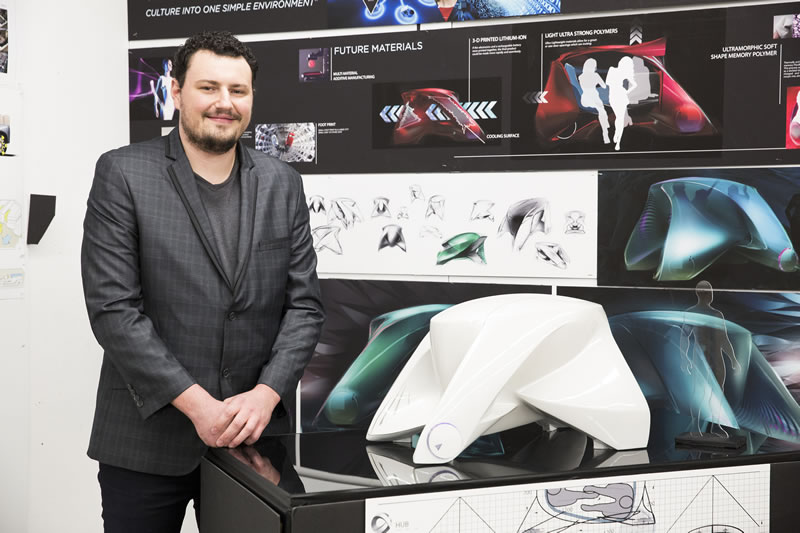
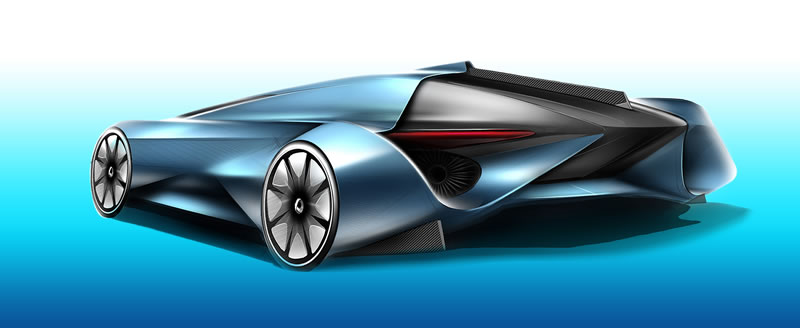


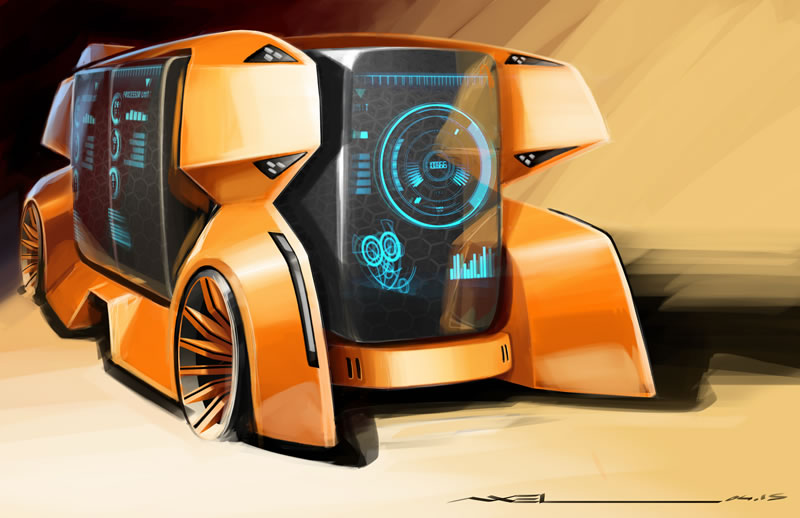

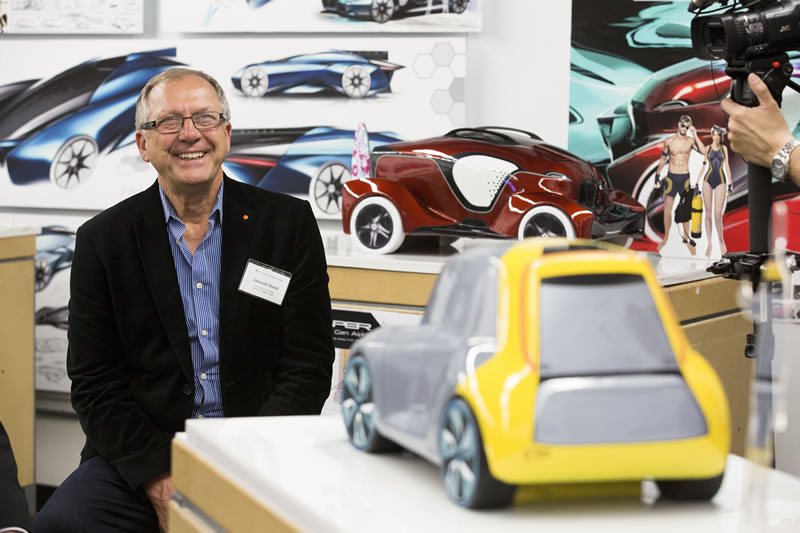
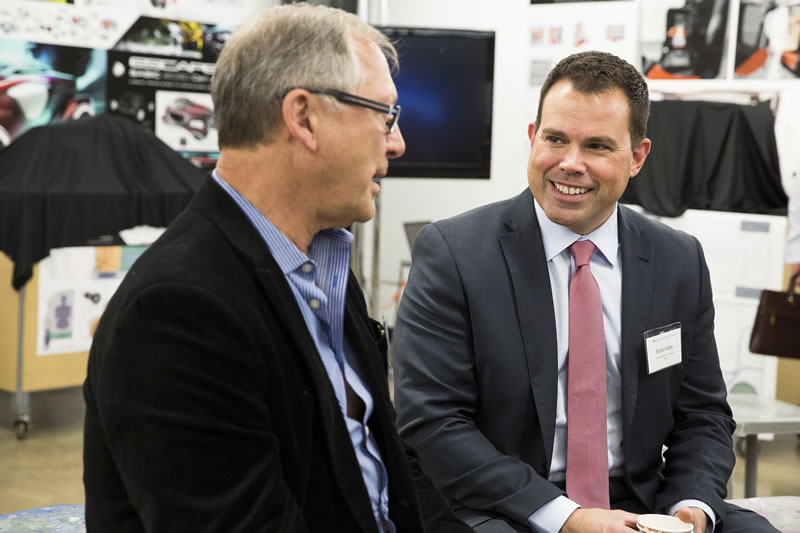
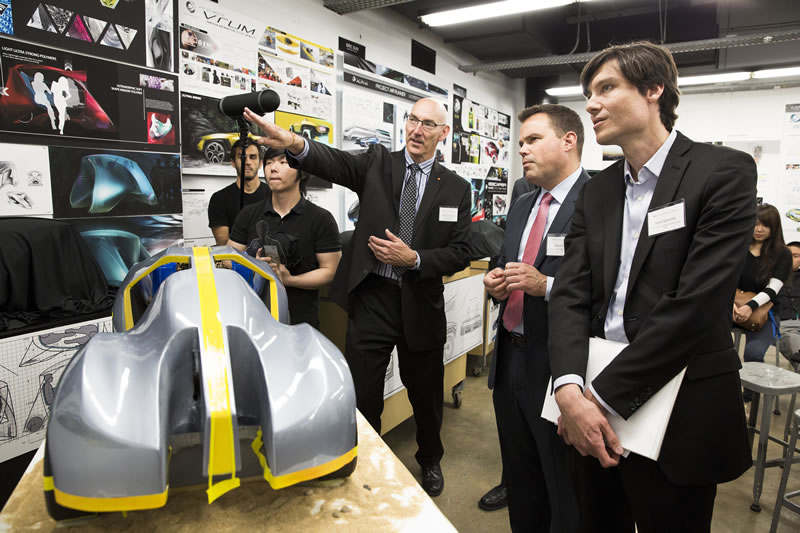
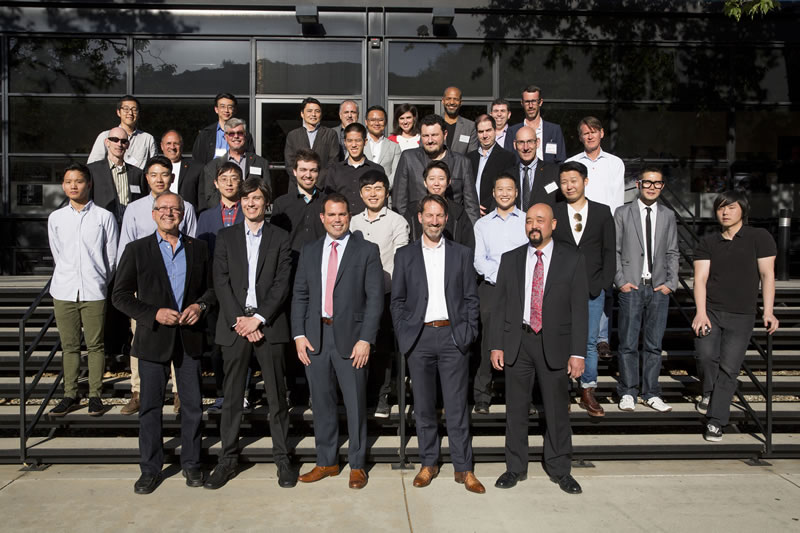


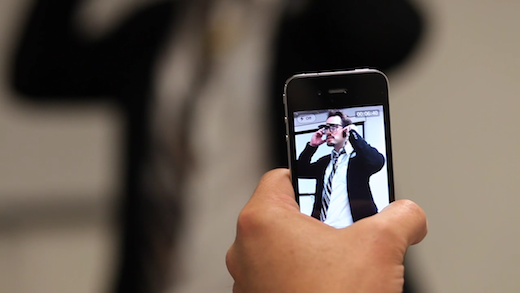


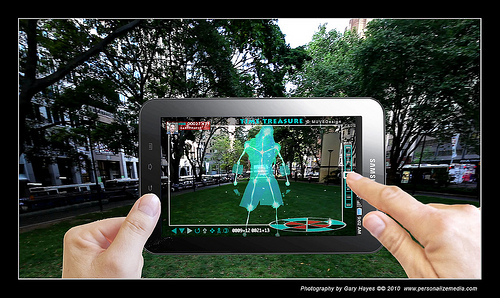

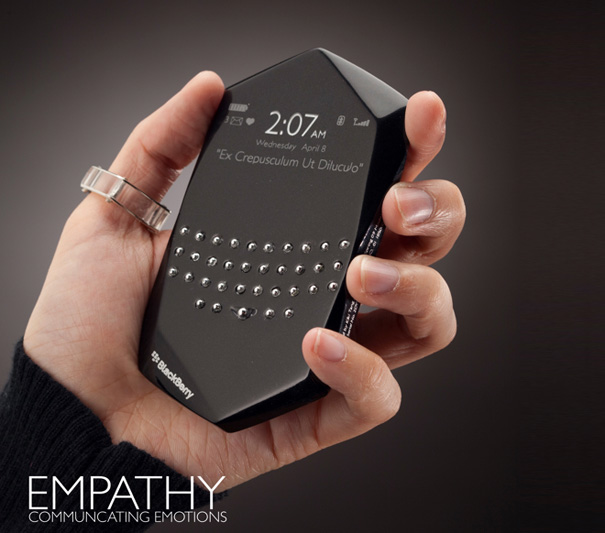
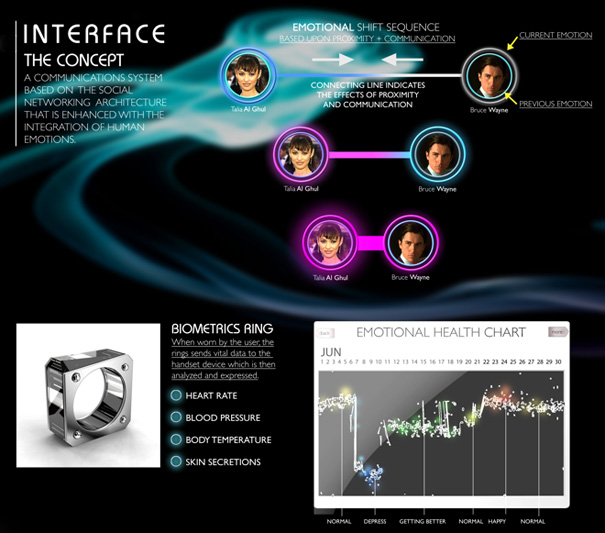
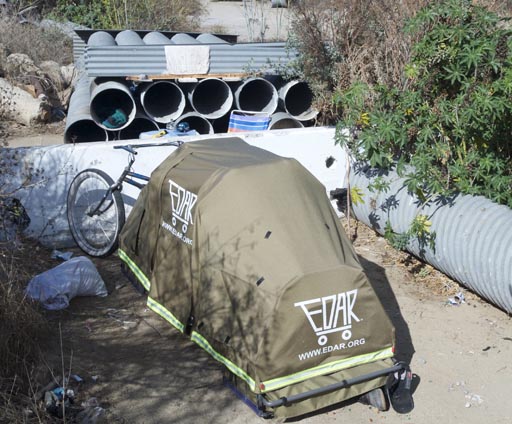 interviewing the homeless to find out more about them, how they lived, and what they needed. He conceptualized a mobile, single-person device that would facilitate recycling (a principal source of income for many homeless) by day, and at night convert into a tent-like enclosure for sleeping, with privacy and storage space. It would be called
interviewing the homeless to find out more about them, how they lived, and what they needed. He conceptualized a mobile, single-person device that would facilitate recycling (a principal source of income for many homeless) by day, and at night convert into a tent-like enclosure for sleeping, with privacy and storage space. It would be called 

